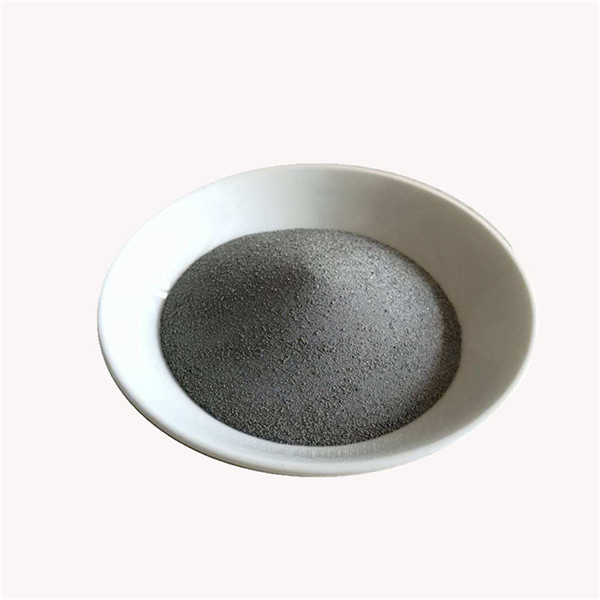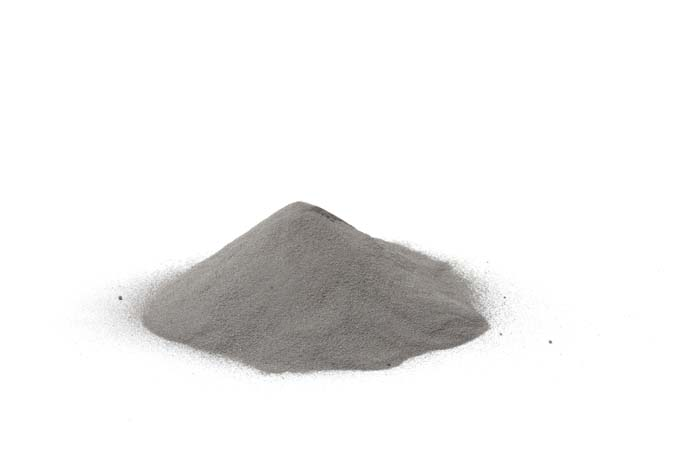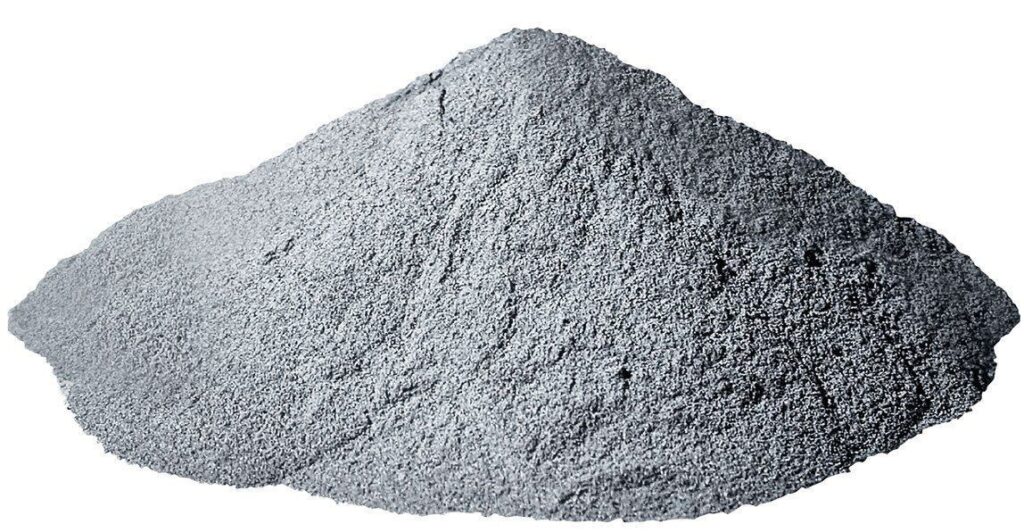In a world where technology is pushing boundaries like never before, tungsten 3D printing has emerged as a remarkable innovation in the realm of manufacturing. With its ability to create intricate structures and robust components, tungsten 3D printing is transforming industries and shaping the future of production.
Understanding Tungsten 3D Printing
Tungsten, known for its exceptional hardness and high melting point, was once considered a challenging material to work with. However, the advent of 3D printing technology has changed the game. Tungsten 3D printing involves layer-by-layer deposition of powdered tungsten using advanced additive manufacturing techniques.

Benefits of Tungsten 3D Printing
- Complex Geometries: 3D printing allows for the creation of intricate and complex geometries that are difficult or impossible to achieve using traditional manufacturing methods. Tungsten 3D printing enables the production of parts with intricate internal structures, lattices, and other complex shapes.
- Reduced Material Waste: Traditional manufacturing processes often result in significant material waste due to subtractive machining. With 3D printing, material is added layer by layer, minimizing waste and making tungsten usage more efficient.
- Customization: Tungsten 3D printing enables the production of customized parts tailored to specific applications. This is particularly beneficial in industries such as aerospace, medical, and automotive, where components often need to be precisely adapted to their intended purpose.
- Weight Reduction: Tungsten is a heavy metal, and in certain applications, weight reduction is crucial for improving efficiency, performance, and fuel consumption. 3D printing allows for the design of lightweight structures without compromising strength and integrity.
- Shorter Lead Times: The speed of the 3D printing process can reduce lead times for manufacturing tungsten components. This is especially advantageous in industries where rapid prototyping and quick production turnarounds are essential.
- Reduced Tooling Costs: Traditional manufacturing processes often require the creation of expensive tooling and molds, especially for complex shapes. Tungsten 3D printing eliminates or reduces the need for such tooling, which can significantly lower production costs.
- Design Flexibility: Designers and engineers have more flexibility to experiment with novel designs and iterate quickly during the product development phase. This can lead to the discovery of innovative solutions and improved product performance.
- Material Properties: Tungsten is known for its exceptional properties, including high melting point, high density, excellent thermal and electrical conductivity, and resistance to corrosion. Tungsten 3D printing can preserve these properties, making it suitable for applications in extreme environments.
- Prototyping and Testing: 3D printing allows for the rapid production of prototypes for testing and validation. This iterative process can help identify design flaws early, leading to more refined and reliable end products.
- Reduced Assembly: In some cases, complex assemblies can be consolidated into a single 3D-printed part, reducing the number of components and assembly steps. This can simplify the manufacturing process and improve overall product reliability.
Applications of Tungsten 3D Printing
- Aerospace and Defense: Tungsten’s high density and ability to withstand extreme temperatures make it valuable for aerospace applications. Tungsten 3D printing can be used to create components for propulsion systems, satellite components, heat shields, and other parts that require high-performance materials in demanding environments.
- Medical Devices: Tungsten is biocompatible and has excellent radiation shielding properties, making it suitable for medical device applications. 3D-printed tungsten components can be used in radiation therapy machines, X-ray equipment, and implantable medical devices.
- Electronics and Electrical Engineering: Tungsten’s high thermal and electrical conductivity make it valuable for electronic components such as heat sinks, electrical contacts, and electrodes. 3D-printed tungsten can provide efficient heat dissipation and reliable electrical connections.
- Nuclear Industry: Tungsten’s radiation shielding properties are highly beneficial in nuclear applications. 3D-printed tungsten parts can be used in the construction of radiation shielding for nuclear reactors, research facilities, and medical equipment used in radiation therapy.
- Automotive: Tungsten 3D printing can be used to create components for high-performance vehicles, such as racing cars or electric vehicles. Tungsten’s high density can contribute to weight distribution and improved overall vehicle performance.
- Oil and Gas: Tungsten’s corrosion resistance and high melting point make it suitable for components used in the oil and gas industry, including drilling equipment, downhole tools, and well completion components.
- Industrial Equipment: Tungsten 3D printing can be applied to the production of tooling, molds, dies, and wear-resistant components for heavy-duty industrial machinery and equipment.
- Jewelry and Fashion: While not as common as other applications, tungsten 3D printing can be used to create intricate and unique jewelry pieces with a modern touch. Tungsten’s durability and hardness make it an appealing choice for jewelry that is both stylish and long-lasting.
- Research and Development: Tungsten 3D printing can accelerate research by enabling the creation of custom laboratory equipment, specialized components for experimental setups, and prototypes for testing new concepts.
- Space Exploration: Tungsten’s properties make it suitable for various space exploration applications, such as thrusters, spacecraft components, and instruments that need to withstand the harsh conditions of space.
- Additive Manufacturing Industry: Tungsten 3D printing technology itself can be used to produce intricate and high-quality 3D-printed parts in a variety of industries. This includes the production of complex, high-performance 3D-printed objects in various sectors.

Challenges in Tungsten 3D Printing
Despite its potential, tungsten 3D printing isn’t without its challenges. The material’s high melting point poses difficulties in maintaining optimal printing conditions, leading to issues like cracking and warping. Furthermore, the cost associated with tungsten powder and specialized equipment can be a barrier for widespread adoption.
Overcoming Challenges: Innovations in Tungsten Printing
Researchers and engineers are actively addressing these challenges. Novel printing techniques, such as selective laser sintering, are being developed to enhance the precision and reliability of tungsten 3D printing. Innovations in powder metallurgy are also making tungsten powder more accessible, thus lowering production costs.
How to Get Started with Tungsten 3D Printing
If you’re intrigued by the world of tungsten 3D printing, getting started is easier than you might think. Numerous online resources offer guidance on printer selection, design considerations, and post-processing techniques. It’s a great time to dive into this technology and unleash your creativity.
Tungsten 3D Printing vs. Traditional Manufacturing
A significant advantage of tungsten 3D printing is its minimal material wastage compared to traditional manufacturing methods. Traditional techniques often involve subtracting material from a larger piece, resulting in significant wastage. 3D printing, on the other hand, builds up structures layer by layer, using only the material required, which is not only cost-effective but also environmentally friendly.
Future Prospects of Tungsten 3D Printing
The future of tungsten 3D printing is promising. As technology continues to evolve, we can anticipate even more precise and efficient tungsten printing processes. This could open doors to applications in fields such as architecture, automotive, and jewelry.
Environmental Considerations
Tungsten 3D printing aligns with the growing emphasis on sustainability. Its minimal waste production and energy-efficient nature contribute positively to reducing the carbon footprint of manufacturing processes.
Tungsten 3D Printing in Various Industries
From aerospace to healthcare, tungsten 3D printing is leaving its mark. In aerospace, it’s enhancing engine performance; in healthcare, it’s revolutionizing implant manufacturing; and in the automotive sector, it’s aiding in creating intricate parts for enhanced performance.
Expert Insights on Tungsten 3D Printing
According to industry experts, tungsten 3D printing has immense potential to reshape industries. Its ability to create customized, intricate, and durable components has garnered attention across various sectors.
Exploring DIY Tungsten 3D Printing
For enthusiasts and innovators, the world of DIY tungsten 3D printing is ripe with opportunities. The availability of open-source designs, affordable printers, and accessible materials makes it possible for individuals to experiment and create.

Conclusion
Tungsten 3D printing stands as a testament to human ingenuity and technological advancement. Its transformative capabilities are altering the landscape of manufacturing, offering solutions that were once deemed unattainable. As we move forward, embracing this cutting-edge technology will not only improve industries but also contribute to a more sustainable and innovative future.
FAQ
- Is tungsten 3D printing suitable for producing large components? Tungsten 3D printing is better suited for intricate and smaller components due to challenges related to material properties and printing conditions.
- How does tungsten 3D printing compare to other metal 3D printing methods? Tungsten 3D printing offers unique advantages, such as its exceptional hardness and high melting point, making it suitable for specialized applications.
- What industries are benefitting the most from tungsten 3D printing? Industries like aerospace, healthcare, and electronics are among the primary beneficiaries of tungsten 3D printing due to its capabilities in creating complex and durable components.
- Can I experiment with tungsten 3D printing at home? While there are DIY options available, working with tungsten and the required equipment can be challenging and potentially hazardous. It’s advisable to proceed with caution.
- What’s the outlook for the future of tungsten 3D printing? The future looks promising as ongoing research and innovations are likely to address current challenges and expand the applications of tungsten 3D printing into new industries.